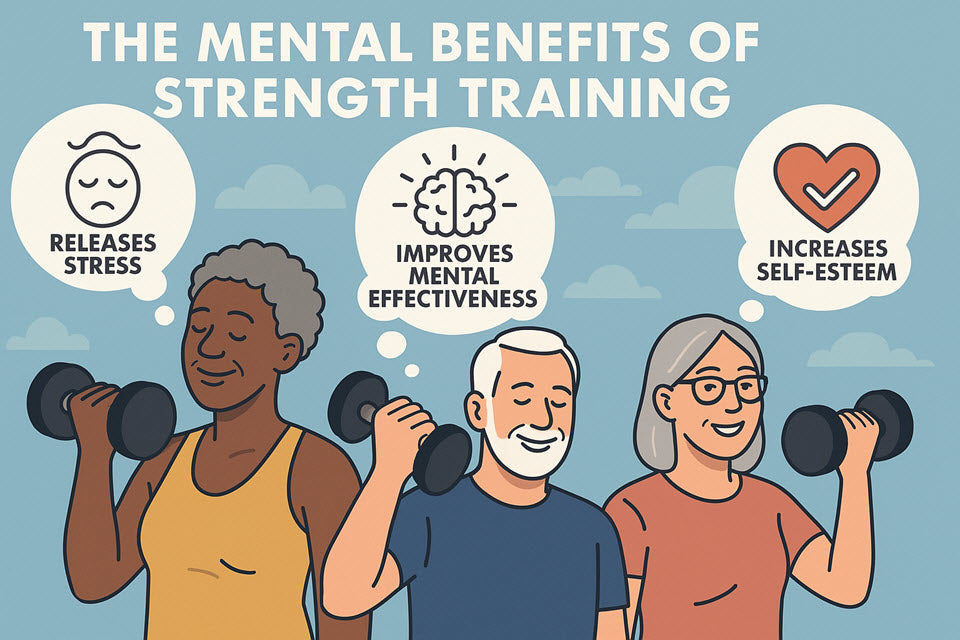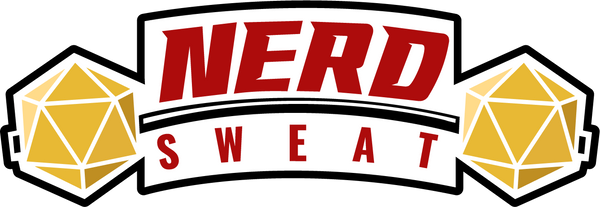
Barbells & Brain Gains: Why Strength Training Might Be the Best Therapy You’re Not Doing
Strength Training: It’s Not Just for Your Body
When you think about lifting weights, you probably imagine building muscle or improving bone density—but what about building mental resilience?
Recent studies and real-life testimonials show that strength training is just as beneficial for your mind as it is for your body. In fact, it may rival traditional therapy in its ability to reduce symptoms of anxiety, depression, and low self-esteem—especially for people over 50 starting their fitness journey.
The Science of Lifting Your Mood
Strength training triggers a cascade of biological changes that support mental well-being. When you lift weights:
- 🧬 Endorphins and dopamine are released, boosting mood and energy.
- 🛌 Sleep improves, which is directly linked to reduced symptoms of depression.
- 🧠 Cognitive function is enhanced, especially in older adults, due to better blood flow and neural plasticity.
According to a 2018 meta-analysis published in JAMA Psychiatry, resistance training significantly reduced symptoms of depression—regardless of age, health status, or training intensity (JAMA Psychiatry Study).
Why It Works: Structure, Self-Efficacy, and Stress Relief
In addition to the chemical changes in the brain, strength training provides structure and a sense of control. For many, showing up consistently to a workout—even just twice a week—creates a predictable routine, something crucial when navigating mental health challenges.
More importantly, every completed set or lifted barbell offers a small psychological win. This is called self-efficacy—the belief in your ability to succeed at a task—and it’s strongly linked to reduced anxiety and increased resilience, especially in older adults (American Psychological Association).
Real-Life Application: Strength as Therapy
Take Linda, 56, who started strength training during the pandemic after feeling overwhelmed by stress and insomnia. With no background in fitness, she began with basic bodyweight exercises. Within three months, she reported sleeping better, feeling more confident, and—perhaps most importantly—looking forward to her workouts as “me time” that helped quiet her mind.
Or consider Mike, 63, who lost his job and struggled with depression. He joined a local gym's beginner barbell program. The routine gave him a purpose, helped him meet new people, and gave him visible progress—physically and emotionally.
Getting Started Without Overwhelm
If you’re new to fitness or nervous about joining a gym, don’t worry. You don’t have to deadlift 200 lbs to feel the benefits. Here’s how to start:
- 🏋️♂️ Begin with bodyweight or light dumbbells – think squats, rows, push-ups, and resistance bands.
- 📆 Commit to just 2–3 sessions per week – consistency matters more than intensity.
- 🎯 Set process goals – like “I will go to the gym twice this week” instead of focusing on weight or reps.
- 🤝 Consider a trainer or supportive community – like local gyms that offer senior fitness classes or online groups tailored to 50+ adults.
If you're on social media, I share tips, encouragement, and beginner workouts for adults over 50 on TikTok and Instagram. You're not alone on this path—there’s a whole community rooting for you.
Final Thoughts: Mental Strength Starts with Movement
Strength training is more than muscle—it’s medicine.
Whether you're managing stress, recovering from loss, or simply trying to feel better day-to-day, the barbell might be one of the best tools in your mental wellness toolkit.
And remember: it’s not about lifting heavy—it’s about lifting yourself.
